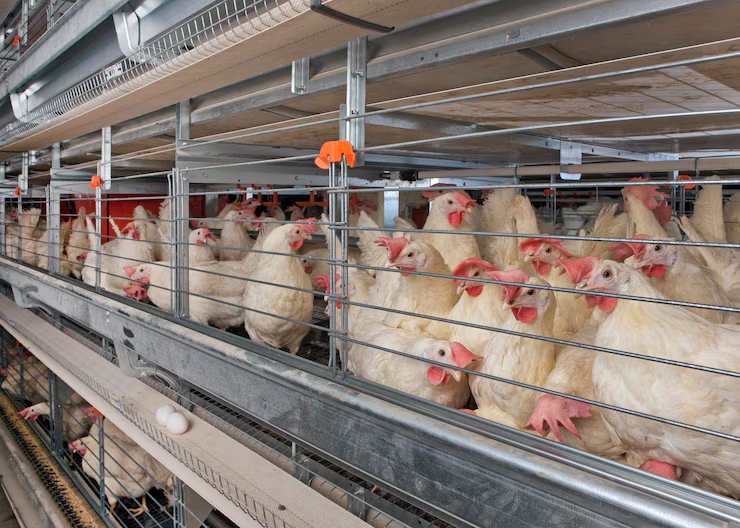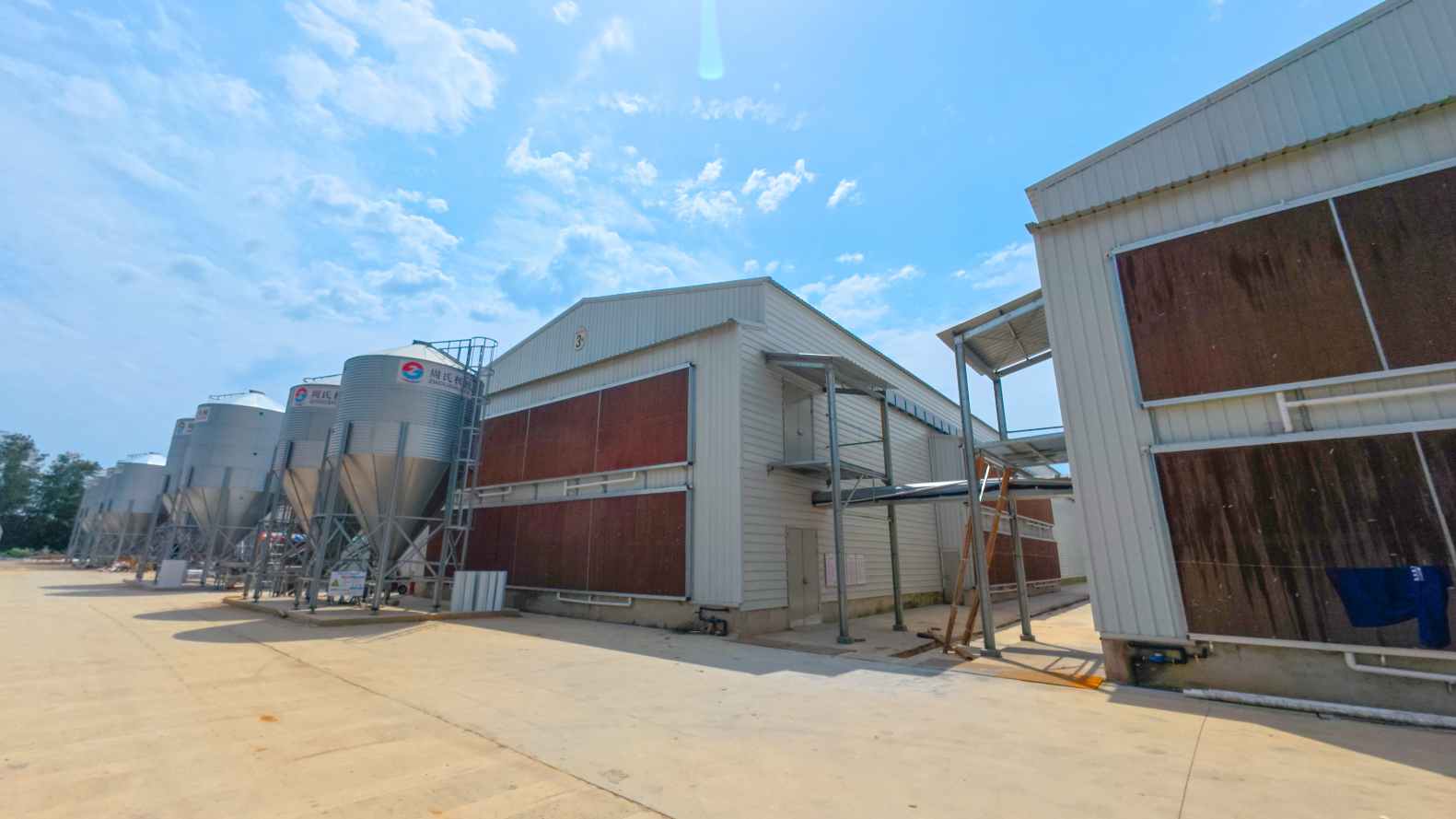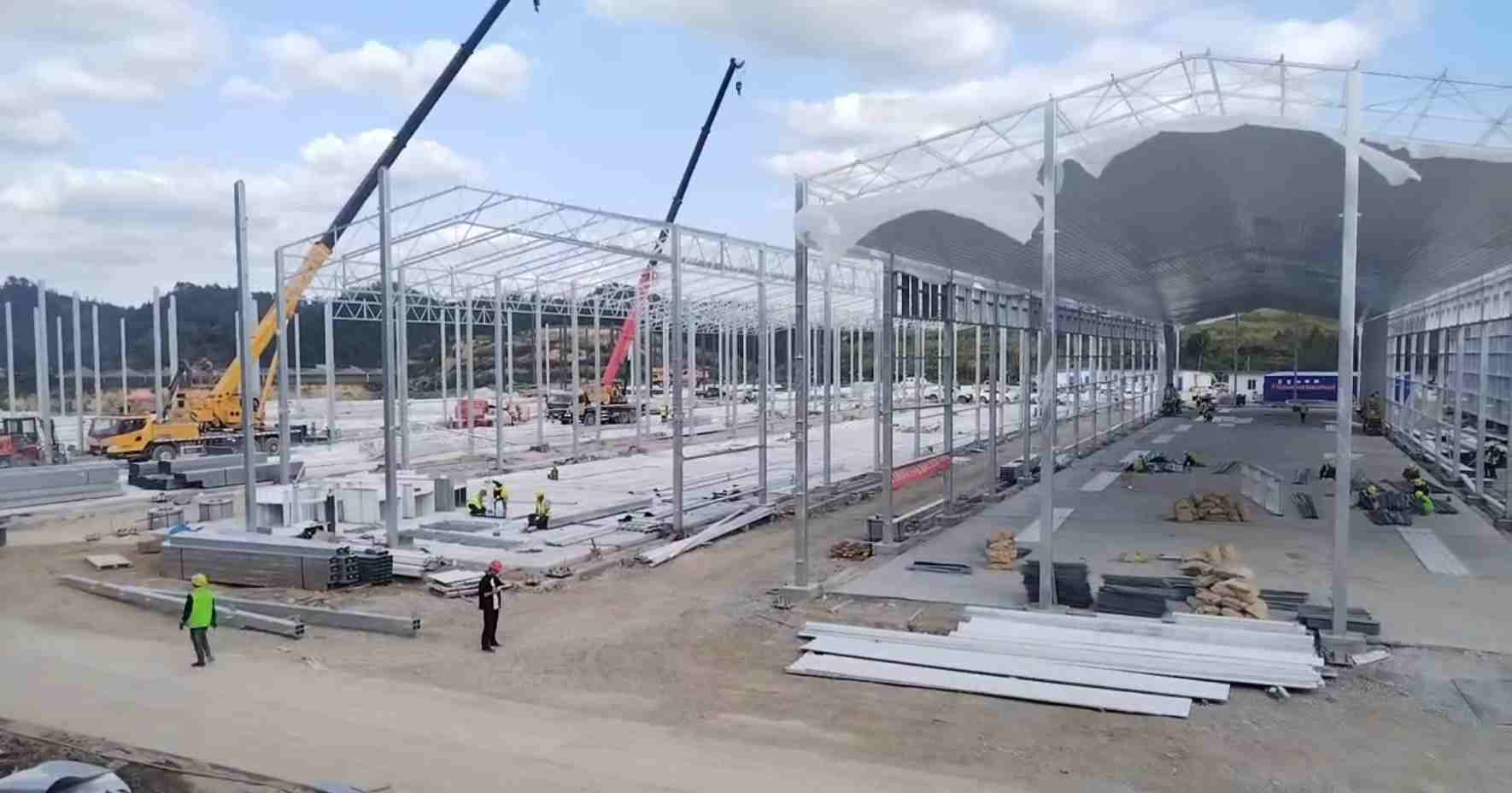What Is an Egg Chicken Cage and How Does It Work?
How Do Egg Chicken Cages Help Modern Poultry Farms?
Egg chicken cages are built to house laying hens efficiently in a controlled space. They boost egg output and make farm work easier. These cages are key in today’s poultry farming. They save space, simplify feeding and cleaning and cut down on labor costs.
Stacked designs, like A-type or H-type, let farmers keep one hundred thousand to two hundred thousand chickens in one building. This keeps hygiene and productivity high. The high-density setup saves land. It helps prevent diseases and lowers health issues.
What Are the Main Parts of an Egg Chicken Cage System?
A typical egg chicken cage system has several important parts:
- Cage racks and frames (A-type or H-type)
- Feeding troughs and water lines
- Manure removal belts
- Ventilation systems
- Automatic egg collection systems
A-type laying hen cages have 3 to 4 layers. They come in two forms: automated or non-automated. Full set of accessories includes A-type cage rack, cage net, water line system, feeding trough, feeder (optional), automatic manure cleaning (optional), ventilation and cooling equipment joints (optional) and automated environment controller (optional).
Why Are Layer Chickens Often Kept in Cages?
Keeping layer chickens in cages gives better control over their surroundings. The cages use a closed design. This limits the spread of harmful bacteria. It reduces infection risks and improves chicken health. Eggs are collected more easily with less breakage. The sloped design lets eggs roll gently away from hens.

How Efficient Are Egg Chicken Cages in Daily Work?
Can Cage Systems Boost Egg Production?
Yes. They create a good environment for laying eggs. They reduce outside disturbances. This helps hens lay eggs regularly. It increases egg production. By reducing stress like crowding or predator threats and ensuring steady food and water, cages support top laying performance.
What Role Does Design Play in Efficiency?
Tier Structure and Space Use
The cages use a multi-layer stacking design. This makes full use of space. More hens can be raised in a smaller area. It improves output. For example, a 15-meter-wide, 100-meter-long and4-meter-high cage can hold 48,000 to 51,120 chickens.
Automated Feeding and Watering
Automatic feeders and nipple drinkers give all birds enough food and water. They reduce feed waste. The feeding trough fits tightly to avoid spills.
Waste Collection and Cleaning
Manure belts under each layer move waste outside efficiently. The system sends feces outdoors uniformly. This can be done daily. It reduces indoor air pollution from manure.
How Does Zeus Improve Efficiency with Its Cage Designs?
At Zeus, we offer advanced solutions for maximum efficiency. Our products include A-type ladder cages and H-type stacked systems. They are hot-dip galvanized to resist rust. They last up to 20 years.
We also provide extra equipment like feeding systems, drinking water systems, egg delivery tools and climate control devices. All work together smoothly.

What Are the Cost Factors of Using Egg Chicken Cages?
What’s the Starting Cost for a Cage System?
Initial costs depend on the farm’s size. They include cage units, automation tools (feeders/collectors), ventilation systems and building materials for poultry houses.
Zeus offers factory-direct prices on all equipment. Our stacked brooding cages have customizable options for all farms.
How Do Maintenance and Running Costs Compare?
Energy and Labor Savings Over Time
Automated systems cut down on manual work. Cleaning manure, feeding and collecting eggs can be done with buttons. This lowers labor costs over time.
Durability and Material Longevity
The cages resist rust well. They last 15 to 20 years. This makes them a long-term investment, not a repeated cost.
Why Is Zeus a Budget-Friendly Choice for Farmers?
At Zeus, we focus on quality and affordability. Our stacked coops have hot-dip galvanized surfaces for durability. We offer customization to fit your budget. Whether you run a small farm or a large one, we have scalable solutions.
How Does Cage Design Affect Chicken Health and Welfare?
Are Chickens Healthier in Well-Designed Cages?
Yes, especially with good ventilation. The cage mesh is smooth. This prevents foot injuries and infections. The partition nets are dense. They stop feather pecking or fatigue issues. This leads to healthier flocks.
What Features of Zeus Cages Help Stop Disease Spread?
Ventilation and Airflow Control
The environmental controller collects data on temperature, humidity and harmful gases. This creates a better growth environment for chickens.
Rust-Resistant Materials for Cleanliness
All our structures use hot-dip galvanized materials. They resist rust even in humid poultry houses. This keeps the cages clean.

Choosing the Right Egg Chicken Cage for Your Farm
What Should You Think About Before Buying a Cage System?
When picking an egg chicken cage system, consider:
- Number of chickens
- Available space
- Local climate
- Level of automation needed
- Budget limits
- Local rules
Talking to experts like us at Zeus helps you pick equipment that fits your farm’s needs.
How Can You Customize a Zeus Egg Chicken Cage?
Planning for F Pencil
Flock Size
Our solutions work for small or large farms. They optimize your farming space and boost productivity.
Adaptability to Climate and Environment
We offer H-type stacked cages for large, closed spaces. A-type cages suit smaller farms with better natural airflow.
FAQ
Q: How long do Zeus egg chicken cages last?
A: They resist rust well and last 15 to 20 years.
Q: Can I automate my existing setup with Zeus equipment?
A: Yes, we offer modular upgrades like feeders, drinkers and climate controllers. They work with most systems.
Q: Do you offer support after installation?
A: Yes, our team provides ongoing help to ensure your system works well year-round.

